There apple tree spider (Yponomeuta malinellus) is an insect belonging to the order Lepidoptera, family Yponomeutidae. This parasite ofApple tree it is also called apple moth or simply, hyponymut.
It is the larvae of this hyponomeutid that create problems for the vegetation of the apple tree, especially on isolated plants in family orchards and in hill and mountain areas. In specialized apple orchards, where biological control is carried out against other parasites of the apple tree, such as for example carpocapsathe spider is kept under control.
In this article we see how to recognize the parasite and its presence among the vegetation of trees, the damage it causes and the biological defense techniques.
Description of the apple tree spider
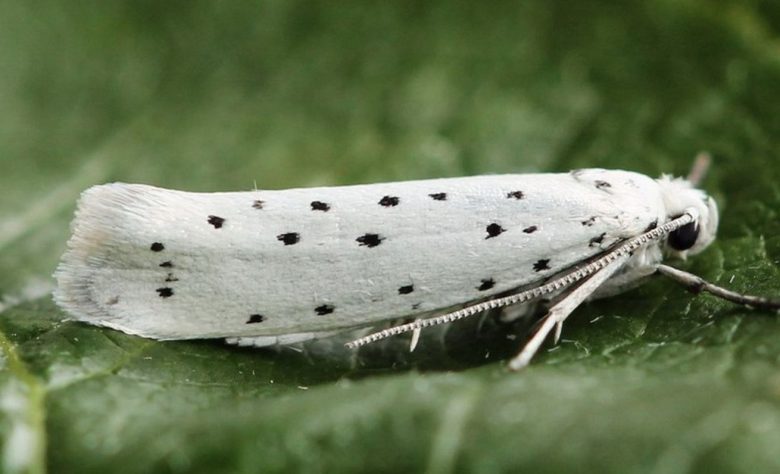
There Yponomeuta malinellus adult is a small butterfly 7-9 mm long and with 19-22 mm wingspan.
It has the head, the thorax and the front wings of a satin white color, with always whitish marginal fringes. On the latter, along the costal margin, there are black dots. The hind wings are greyish and also equipped with fringe.
Egg
The eggs are oval in shape and about 1 mm in diameter. They are laid in imbricated ovules (i.e. with partially overlapping elements) 5-8 mm long, initially yellowish, then reddish and then brown.
Larvae
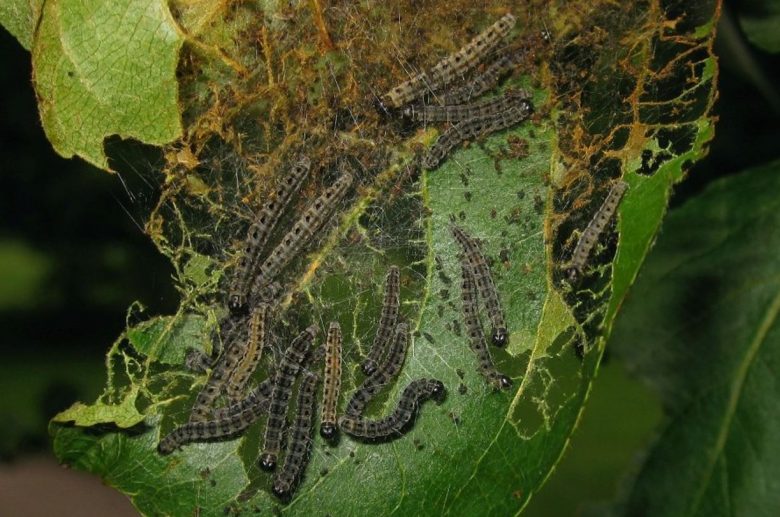
Adult apple spider larvae
The larvae of the apple tree spider at full maturity are 15-20 mm long. They are initially greenish-yellow in color, turning grayish-yellow over time. The head, the pronotal shield and the anal plate are blackish. The different body segments have two black spots (arranged in series) each.
Chrysalis
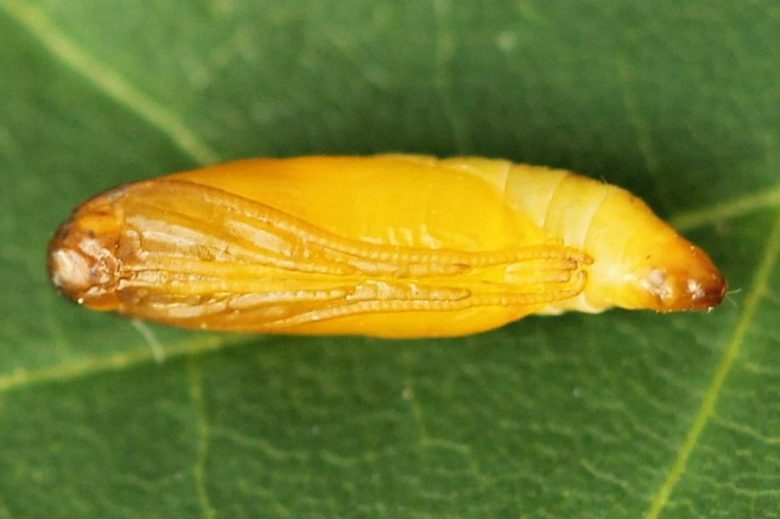
The pupae of Yponomeuta malinellus they are yellowish or greenish, with cremaster provided with 3 pairs of bristles. They measure 8-9 mm in length.
Spider damage to apple tree vegetation
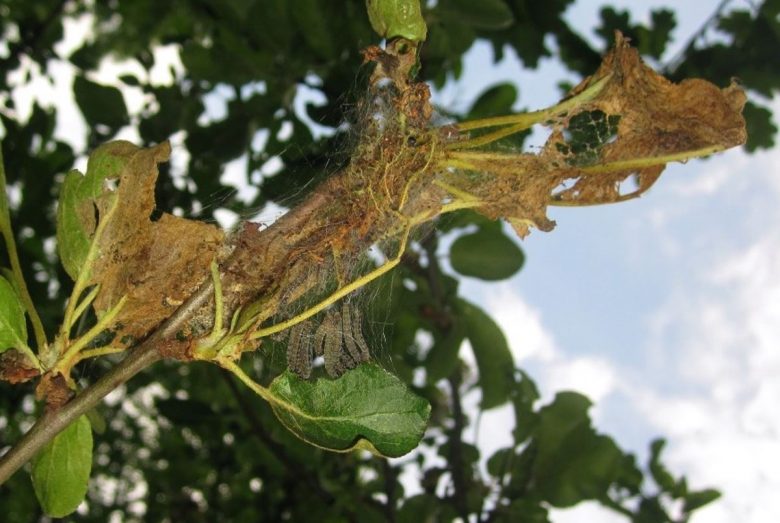
This moth species is a specific pest of the apple tree. The damage is caused by the larvae, with their trophic nutritional activity. They are very harmful as they act gregariously. Initially they carry out mining activities, later they devour the leaf vegetation of the young shoots. In practice, they build showy nests of silky threads between the branches, real canvases, then take refuge inside and continue to eat the surrounding vegetation. The larvae leave the nest when the vegetative material inside has been completely eaten. Then they move to other areas of the canopy. Therefore, to understand if the vegetation is infested by the apple tree spider just observe the presence of the nests. The heavily infested trees undergo vegetative decay, stopping the growth of the affected shoots.
Life cycle of Yponomeuta malinellus
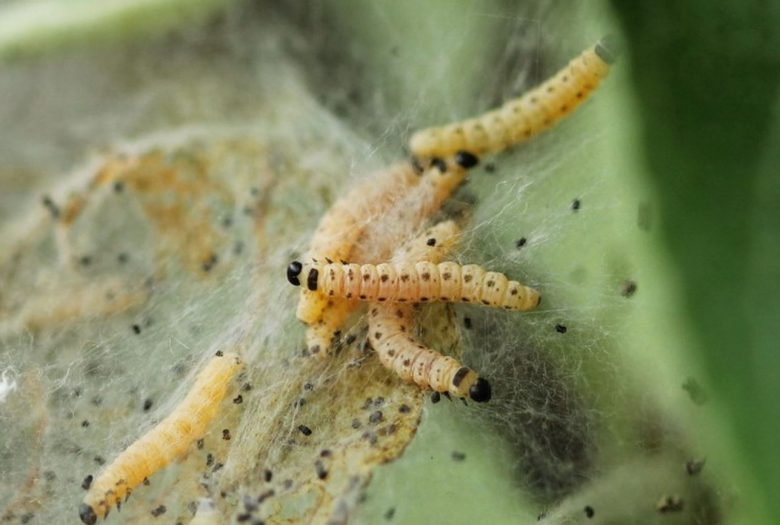
Young apple spider larvae
The apple spider makes only one generation a year, with a very particular life cycle.
It spends the winter at the stage of the first age larva, protecting itself in the remains of the ovature, that is the ovary plaque. In April, the larvae emerge by making holes in their protective shield and carry themselves on a tender leaf. Here they create a mine around which they then build the silky nest, enveloping the surrounding vegetation.
Between May and June, once the trophic activity is over, the larvae create the cocoon inside the nest and cross themselves there. The Yponomeuta malinellus adults flicker from the end of June and throughout August, giving way to mating.
The females lay their eggs in the distal part of the twigs, forming an ovary plaque of 20-70 elements near a gem. After about 15 days, the larvae are born, which however remain protected in the ovoplac to overwinter.
Predatory insects of the apple tree spider
Fortunately, they exist in nature numerous species of antagonistic insects from the Yponomeuta malinellus. Among these, we point out the predatory ones, namely: Forficula auricularia (egg destroyer), Anthocoris nemorum (predator of chrysalis), Atractotomus mali (predator of eggs, larvae and chrysalises), Heterocordylus tumidicornis (larvae predator).
How to prevent apple spider
In a small family orchard, especially if recently planted and with few trees to control, the best thing to prevent spider infestations on the apple tree is intervene with pruning. As we have explained, the adult females form the ova on the twigs; by identifying them, they can easily be destroyed. The apple tree is pruned before the vegetative restart, with the branches still bare of vegetation, so with a little attention you have to try to identify the ovature and crush them. This type of control is strongly recommended if you have suffered from hyponoma infestations in the previous spring.
How to eliminate the apple tree spider with organic methods
Among the products allowed in organic farmingthe most effective against apple spider larvae is the bacillus thuringiensis (in the varieties kurstaki or aizawai, which you can find here). This spore-forming bacterium, which lives naturally in the soil, acts by ingestion and is very active on young moth larvae. It is therefore necessary to try to intervene before the wintering larvae build the nest of silky threads. In practice, when they are still in the phase of leaf miners. With the larvae inside the nest, bacillus treatment may be ineffective.

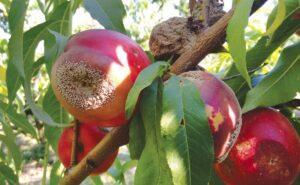
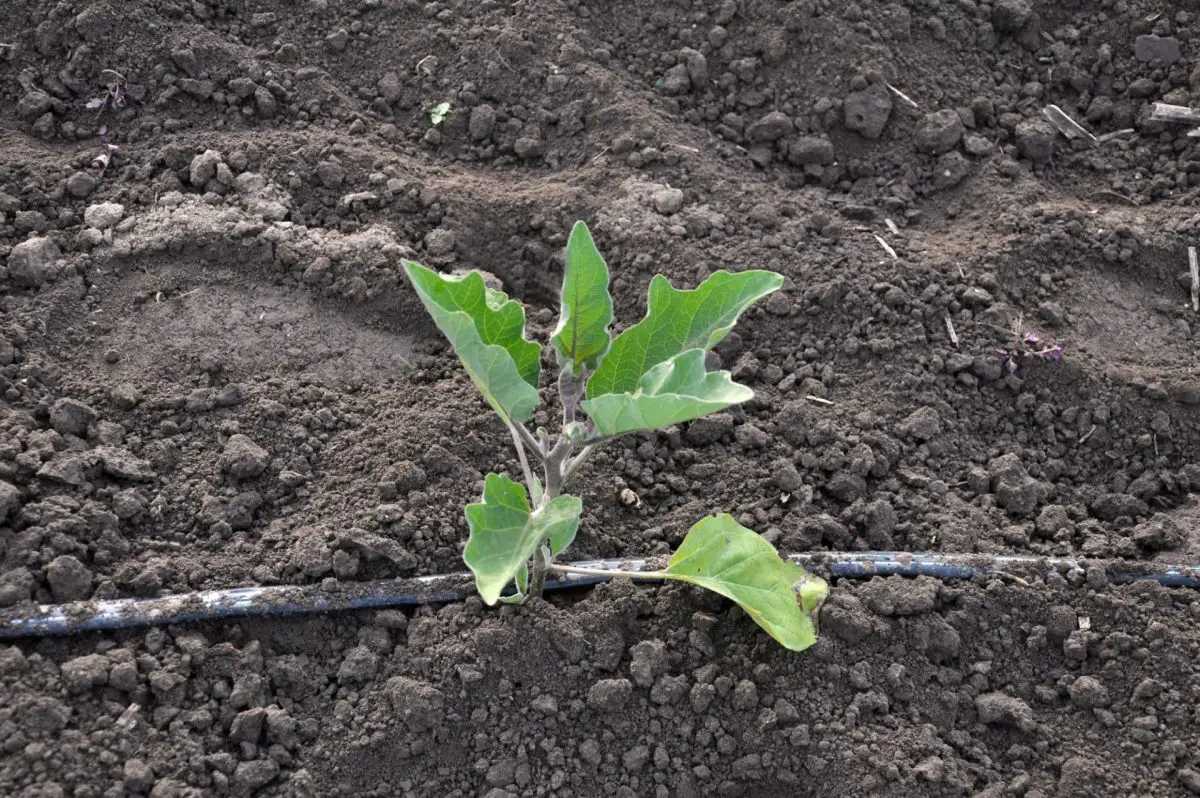
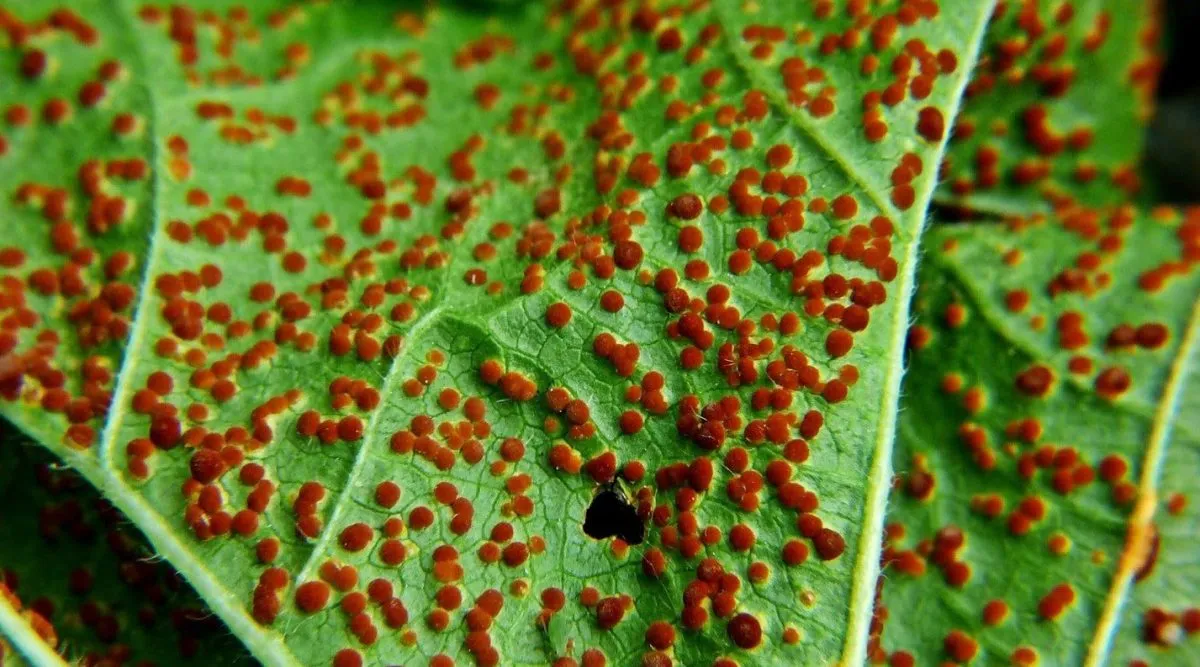
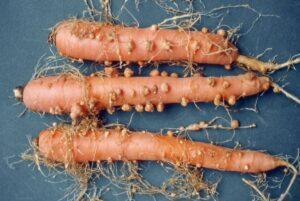
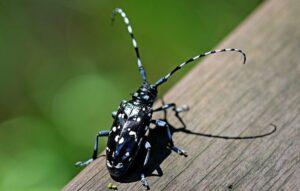
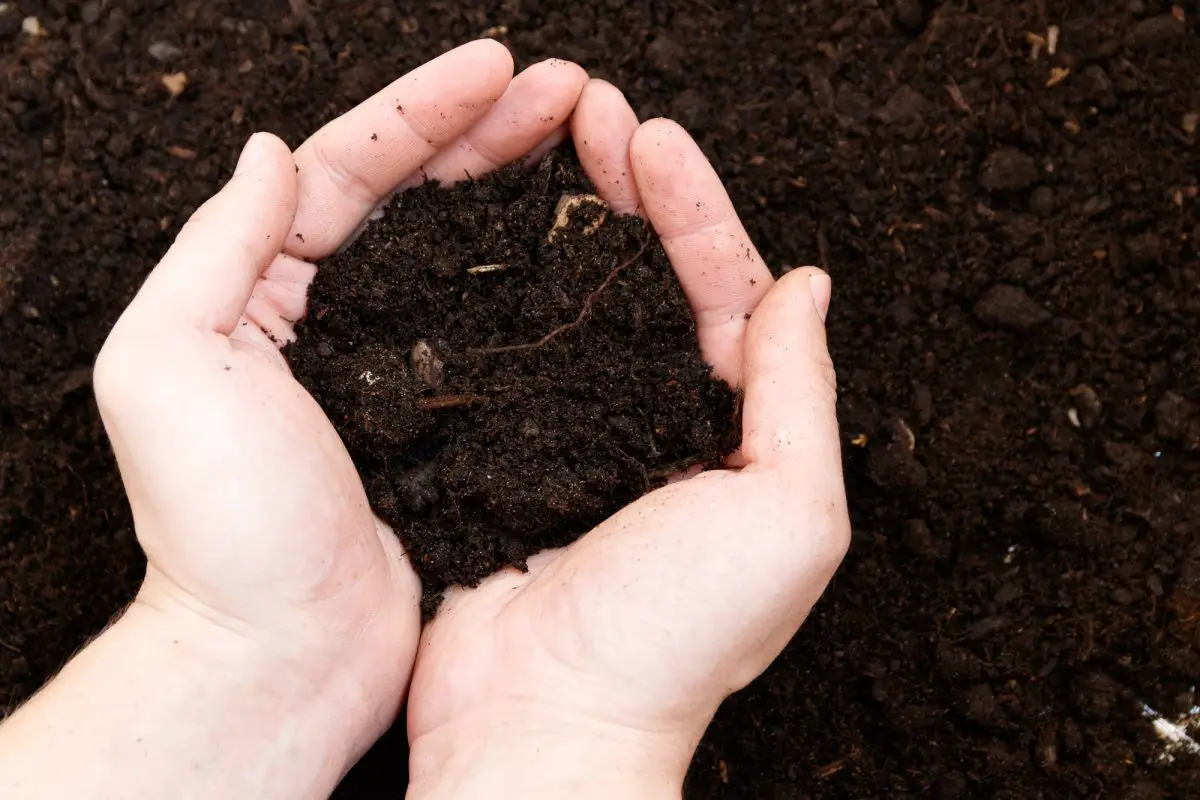
Start a new Thread